
Payroll in general can be quite confusing. In Singapore, there is the added task of ethnic-based levies.
Here are a few tips to keep in mind while generating payroll and paying contributions to the Inland Revenue Authority of Singapore:
Contributions and Levies:
Singapore’s social security is paid out by the Central Provident Fund. Every working Singaporean or Singapore Permanent Resident contributes to the fund along with his/her employer. There are four accounts within the fund that can be accessed at different point of an employee’s life.
There are additional levies: Foreign Workers’ Levy, Skills Development Levy and the Ethnic funds (there are four accounts within the ethnic fund). The levies are paid out of the employees’ salaries. Employees may choose to opt out of the levies by signing the relevant forms.
The contribution and levies need to be paid every month. We have a more detailed post about this here.
Taxes
Employers need to complete a tax clearance form for any non-Singaporean (foreigner or Singapore Permanent Resident) that
- ceases to work in the firm,
- will be sent on an overseas posting or
- is leaving Singapore for a period of over three months.
The purpose of the tax clearance is to ensure that PRs and foreigners have paid their taxes before leaving the country. The employee’s salary/bonus/OT payment may only be disbursed after their tax clearance form has been approved by the government.
Form IR21 needs to be submitted a month before any of the above possibilities occur. Failure to notify the government can lead to fines up to $1000. For more information on tax clearance, this is the link.
Hiring Employees:
The Singapore Employment Act is a statute that covers everything you need to know about hiring employees.
Some things to keep in mind are: Singapore does not have a minimum wage. The wage is settled through negotiations between the employee and employer. There are market rates for positions: for example this is a summary of restaurant wages in Singapore.
Another important distinction is between a full time and part time worker. A full time employee works a minimum of 44 hours a week. Anything less than that is considered a part time job. Part time workers have their own set of rules when it comes to leave, hourly rate, over time.
All the information you need about part time work is provided here.
Income Reporting
The Auto Inclusion Scheme requires employers with over 15 employees to file their employees’ income information before the 15th of March every year. The filing can be done electronically. A total of four forms need to be filled:
- Form IR8A – for all employees
- Appendix 8A – for payment of benefits-in-kind
- Appendix 8B – for gains from employee stock options
- Form IR8S – if excess CPF payments were made
Employee Records
Since March 2008, the government requires firms to keep a record of all its employees, their income and contribution payments to the IRAS for the last 5 years.
Learn More About Payroll
If you want to learn more about payroll in Singapore, visit our website and get in touch with us. We’d love to chat with you!


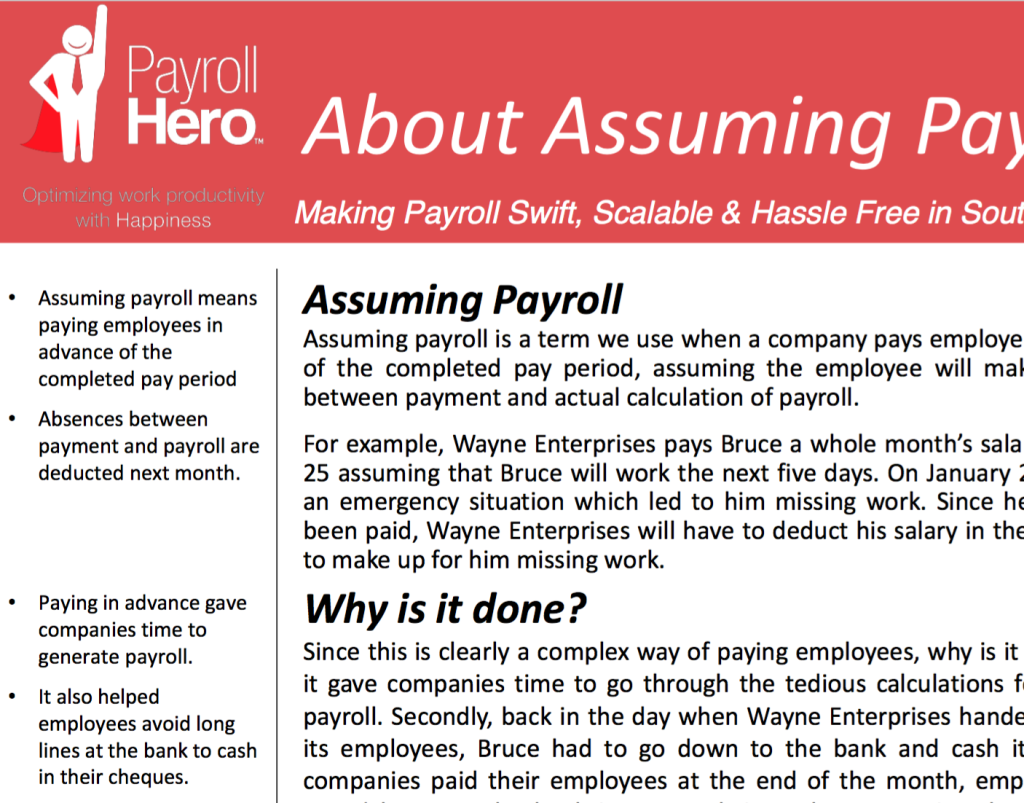


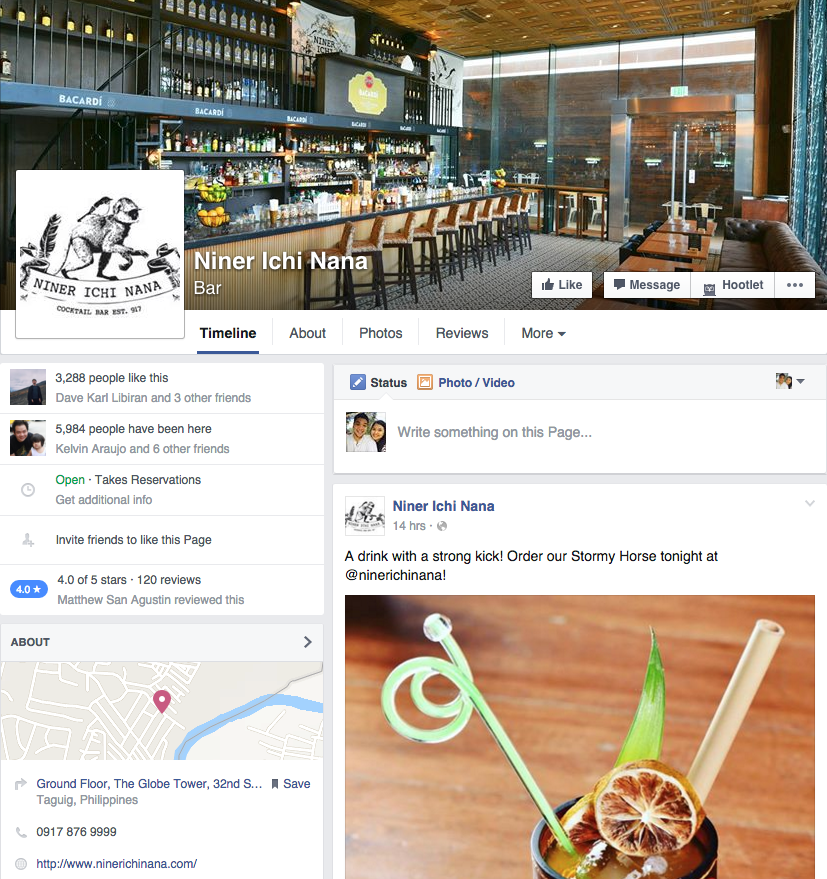


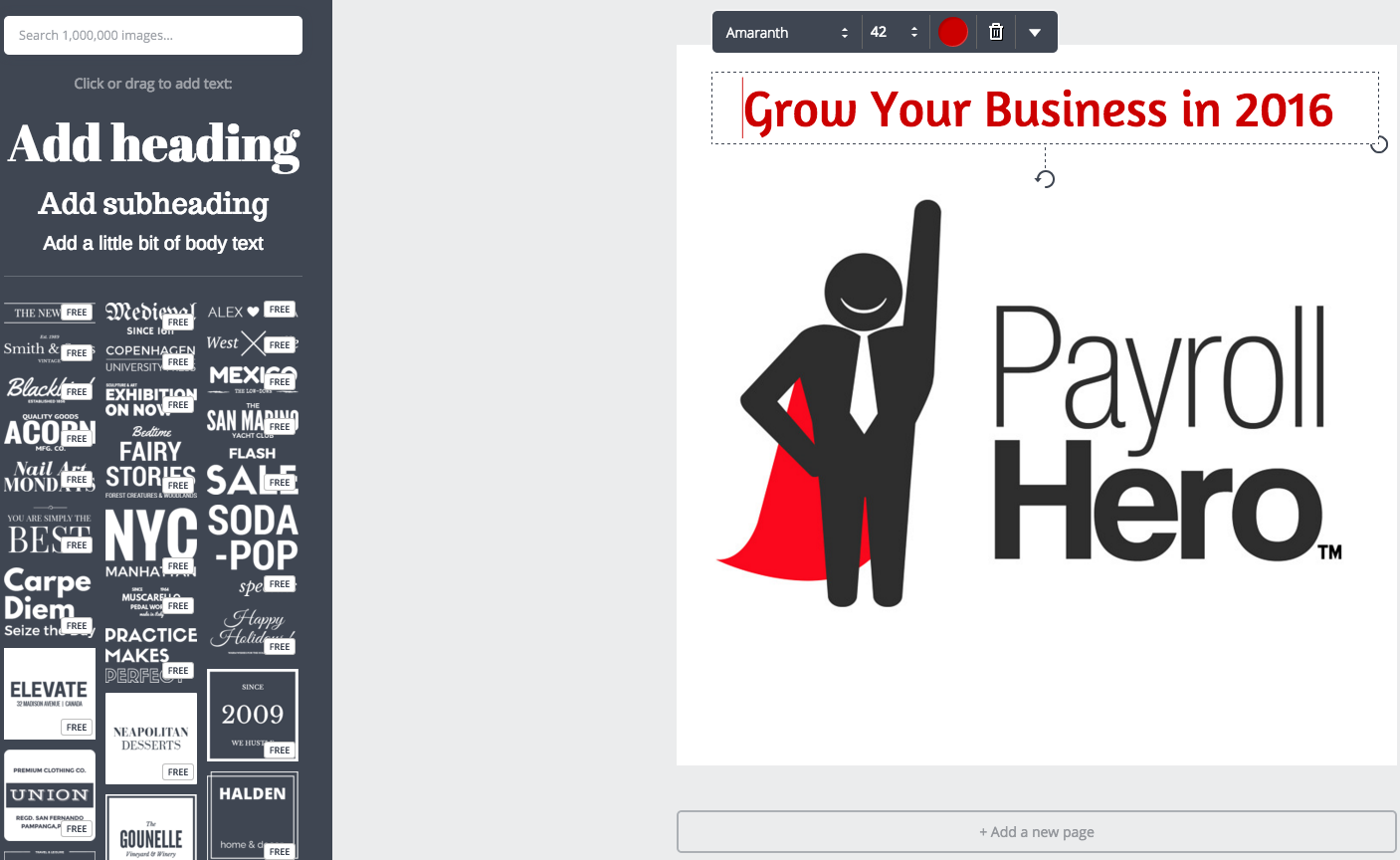


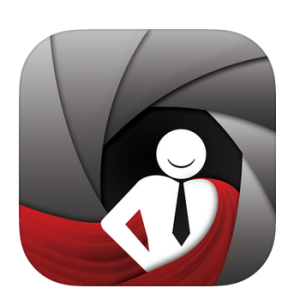
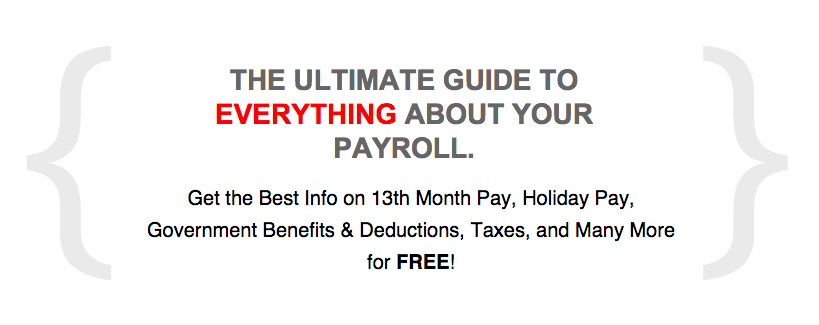

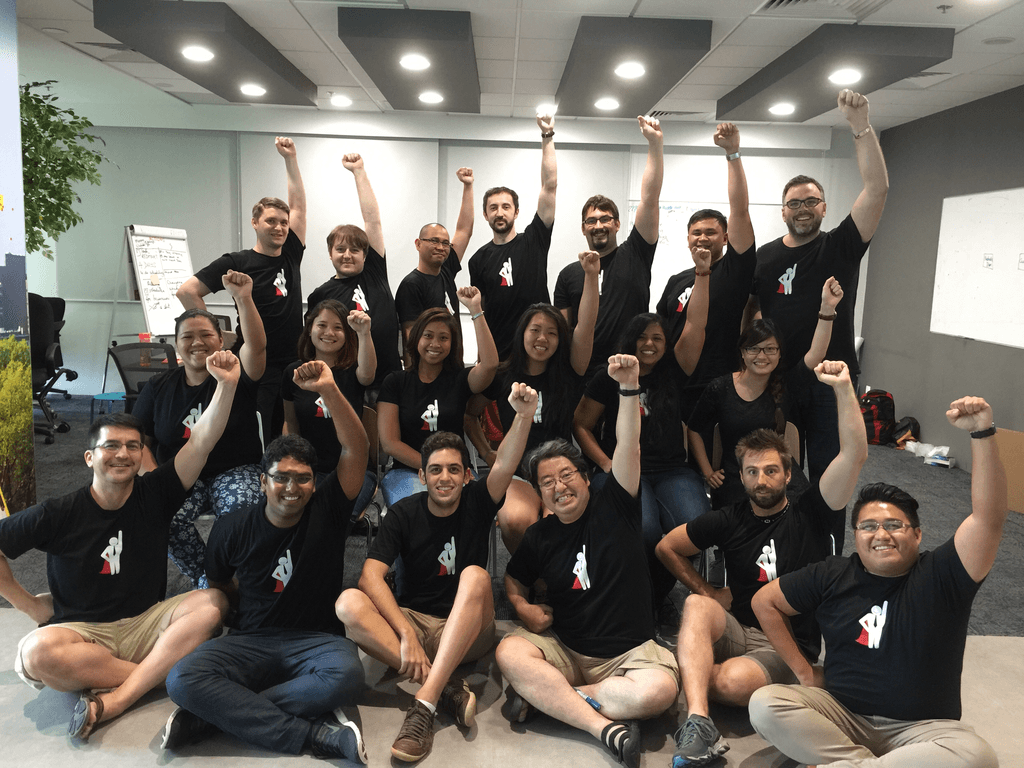


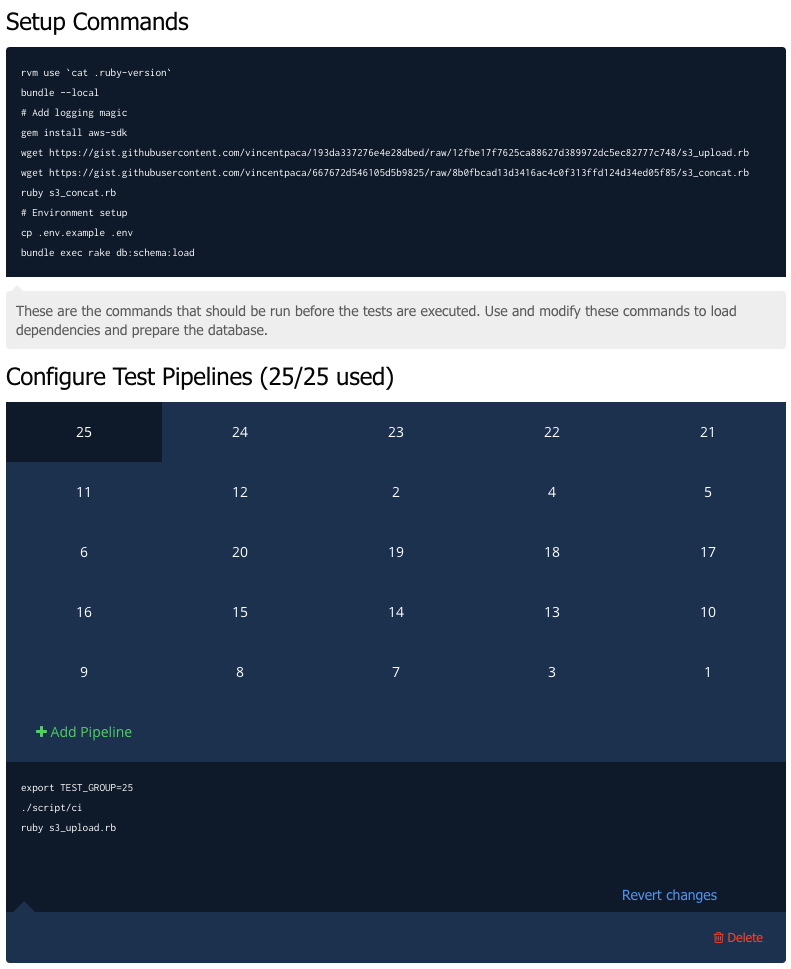
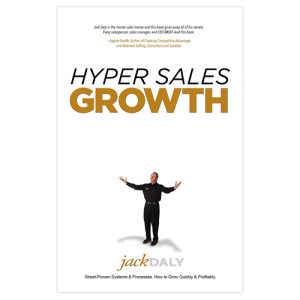 Jack Daly has been on a tour of Southeast Asia the last few weeks.
Jack Daly has been on a tour of Southeast Asia the last few weeks.